Title: Making the Postcard Women’s Imaginarium: Dreaming our Futures out of our Past
Author: CALLER, Salma Ahmad
Publisher: Peculiarity Press, London, 2022
Any of these women captured on colonial postcards could have been my ancestors
Ariuella Aïsha Azoulay.
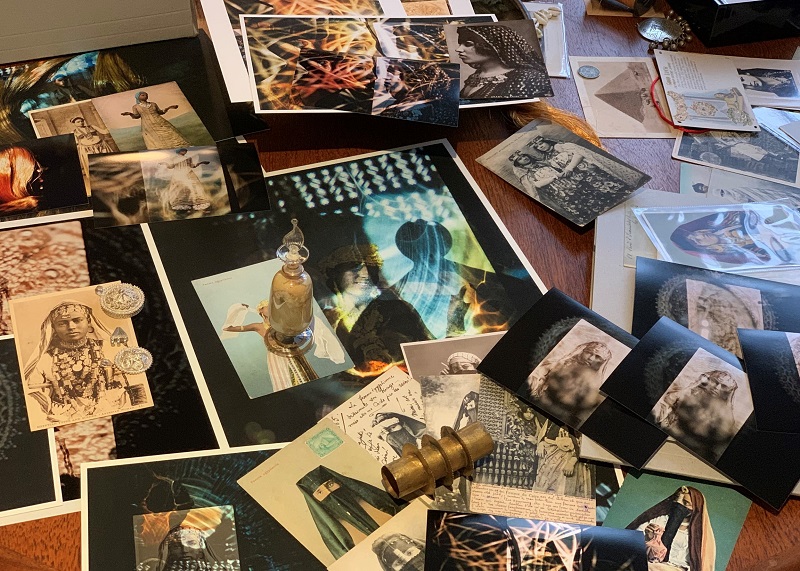
Image credit: Salma Ahmad Caller
The representation of women and the colonial gaze. This is the focus of Making the Postcard Women’s Imaginarium: Dreaming and Futures out of our Past. A collection of essays produced to accompany an exhibition of the same name, held at the Camden Image Gallery, London (22 September-4 October 2022) and curated by the book’s editor, Salma Ahmad Caller.
Postcard Women Contributors
Imaginarium is the result of Caller’s research into the representation and often dehumanising perceptions of women on postcards from the Arab and African regions in the late 19th and 20th centuries. The book includes contributions from writers, academics and many of the artists whose work was presented in the exhibition, including Caller. They relate to the authors’ personal, often visual journeys into the past to explore the often painful, colonial narrative and exploitative historiography of the male gaze.
Postcard Inspiration
The book opens with Caller introducing the concept of the Imaginarium; finding a ‘colonial postcard’ of an Egyptian woman in Spitalfields Market in London in 2018 and imagining the context in which it was taken. Caller’s research into the women ‘captured’ in ‘exotic’ postcards has been a way for her and many other artists of Arab or African descent to rewrite this colonial history and re-appropriate or empower these images.
Artist’s contributions
Afsoon, Ariella Aïsha Asoulay, Hala Ghellali, Stephen Putname Hughes and Emily Stevenson, Betül Dünder, Hamida Zourgui, CritTeam – Eugenia López Reux + Miguel Jaime, Alia Derouiche Cherif, Anaya Hammad Othman, Stephanie Nic Cárthaigh, Dr Reem el Mutwalli of The Zay Initiative and Anastasia Kashian all present contrasting narratives.
Afsoon, for example, used the Imaginarium project to create six watercolours inspired by postcards of women. Afsoon shared them with audiences whom she invited to send them back to her and thus re-appropriate these images within a new artistic context. In the second phase of her project, the artist added materials and created collages around her depictions of women, to immerse them into their familiar visual culture and to return the postcards ‘home’.
Hamida Zourgui explores her French-Algerian background and the pejorative terms used to define her North African heritage. She considers the traditional customs that draw women together and the dehumanising and exploitative gaze of painters such as Delacroix in portraying women. Franz Fanon noted the pseudo-ethnographic, ethno-pornographic pretexts of images presented in Western media and on colonial postcards.
Betül Dünder is an accomplished poet whose bittersweet poems ‘Some Women Leave No Shade’and ‘Beirut’ are translated by Neil P. Doherty. They beautifully express the songs and dancing presence of a generation of women ‘in the shade’.
The Zay Initiative Connection
The Zay Initiative founder Dr Reem El Mutwalli’s essay, ‘Our Narrative: A Trilogy Through Dress’ explores her own family’s journey from Iraq, through the United Arab Emirates. She presents her own narrative within that of her family and considers this identity through the wearing of a Hashmi gown. This traditional and richly embroidered Iraqi gown, in which she, her mother and her daughter are photographed and then are brought together, is used to express not only the evolving nature of garments and traditions but also the continuity and continuation of the power of women and costume. This powerful image is a metaphor too for El Mutwalli’s love of costume, her urge to share insights and histories through this form of visual culture and her personal drive and belief in The Zay Initiative.
- Read more about Dr Reem’s story of her heirloom Hashmi gown in the next article.
- Listen to our webinar about the Postcard Women’s Imaginarium project here and follow the project on Facebook here.
- Learn more about Salma Ahmad Caller’s work here.
About the Author
Sophie Kazan fell in love with Islamic Art and decoration after visiting the Louvre in Paris. She studied History of Art at L’Ecole du Louvre and has a BA (Hons) in Art and Archaeology of Asia and Africa from SOAS (University of London). Sophie completed her Master’s in History of Art from the University of Oxford and a PhD from the School of Museum Studies, University of Leicester. Her research focused on the development of contemporary art and tradition in the United Arab Emirates. Sophie writes about visual art, and she lectures in critical theories and the history of architecture at the University of Falmouth, Cornwall.
Learn more about Sophie’s work on her website and Instagram profile.
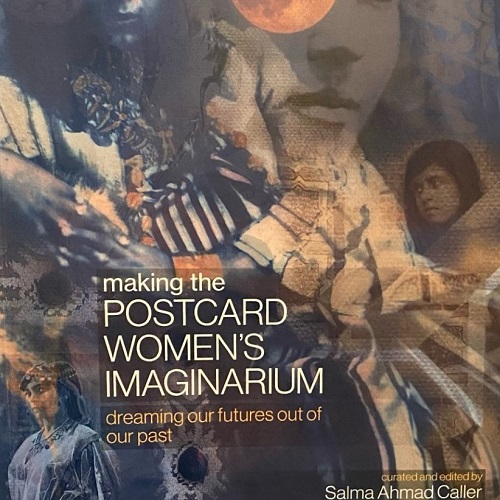
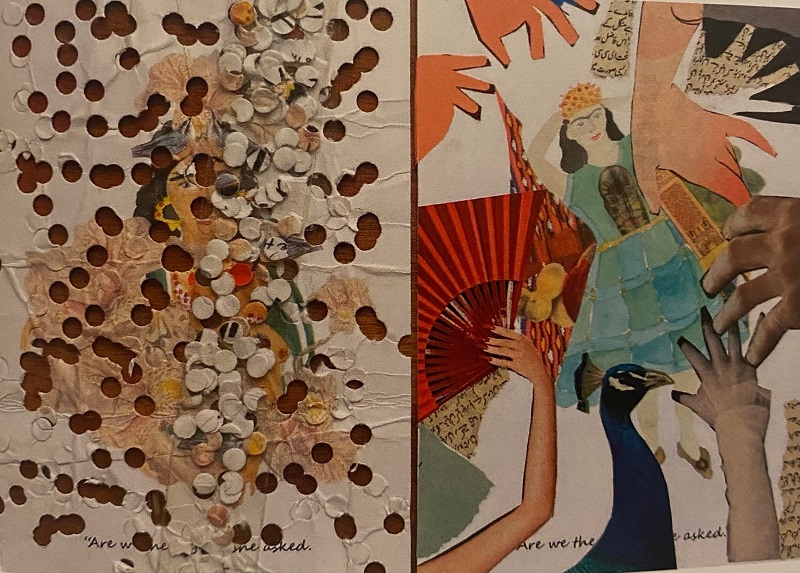
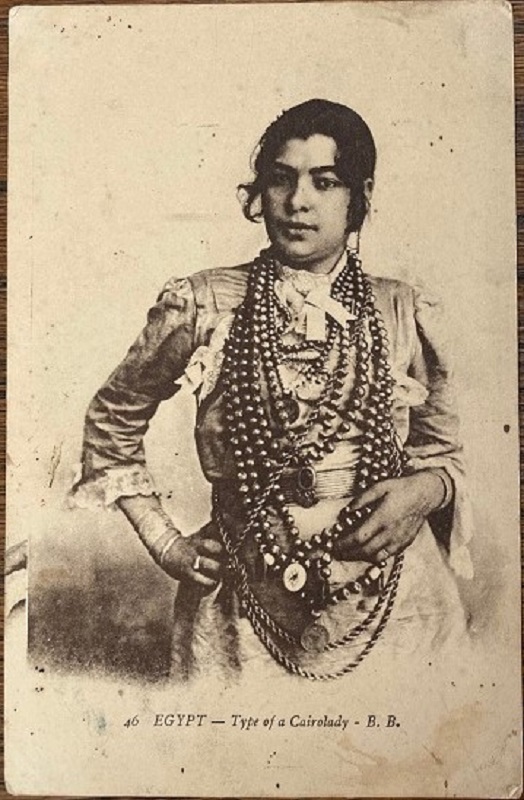

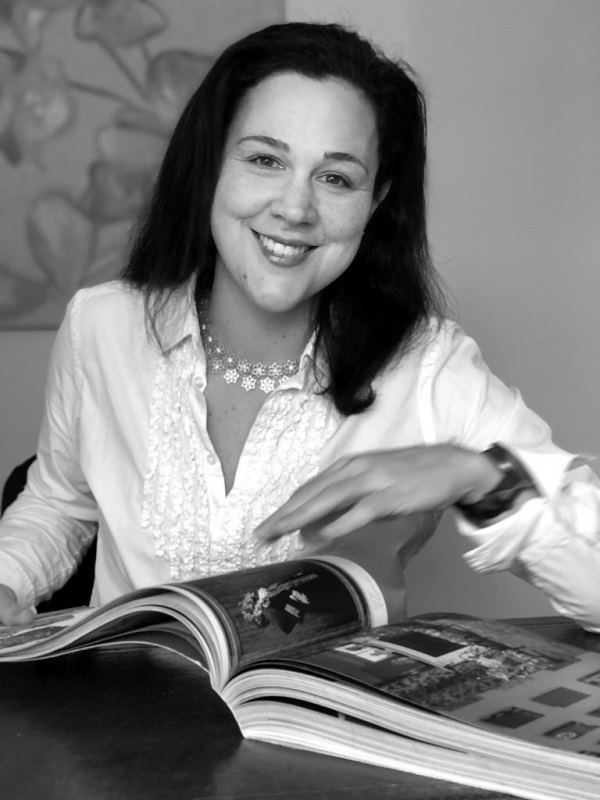

Latest Comments
POST YOUR OPINIONReview: Making the Postcard Women's Imaginarium: Dreaming our Futures out of our Past - Sophie Kazan PhD
October 8, 2022… Here is my review for the Zay Initative. …